American presidential elections are lengthy. The entire process takes almost two years, and especially toward the end, it resembles a show with televised debates, grandiose statements, and mutual accusations. There can only be one winner. In the past, names like Kim Jong-un or Megatron The D-23 have appeared on candidate lists for the U.S. presidency.
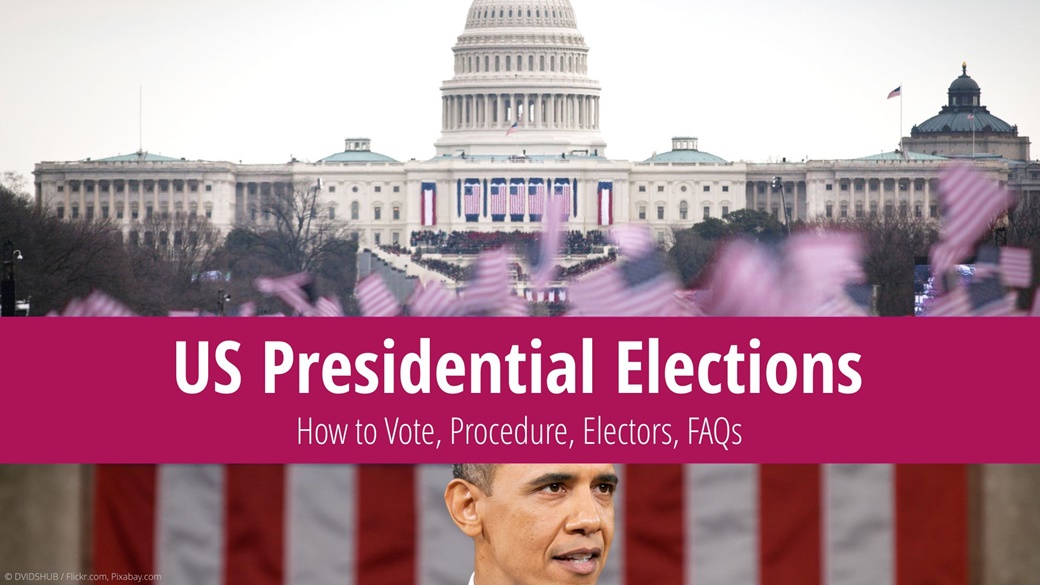
-
Table of Contents
How the President of the United States is Elected
Presidential elections in the U.S. take place every four years, and no one can serve more than two terms. This rule was introduced in 1951 as part of the 22nd Amendment to the Constitution. This is why Franklin Delano Roosevelt, who was elected four times between 1932 and 1944, remains an exception.
Elections are always held in leap years on the Tuesday following the first Monday in November. The president takes office on January 20th. If that day falls on a Sunday, the official inauguration is postponed to January 21st.
To become President of the United States, a candidate must be a natural-born citizen of the U.S., at least 35 years old on the day of their inauguration, and a resident of the U.S. for at least 14 years. A candidate can run under the Democratic Party, the Republican Party, a smaller party, or as an independent. Over the past century, either a Democrat or a Republican has won every presidential election.
🔵 The Democratic Party
The Democratic Party (D) is one of the world’s oldest political parties, operating continuously since 1828. Its traditional color is blue, its mascot is the donkey, and it leans center to center-left on the political spectrum. Notable Democratic presidents include Barack Obama, Bill Clinton, John F. Kennedy, and Franklin D. Roosevelt.
🔴 The Republican Party
The Republican Party (R) was founded in 1854. Its color is red, and its mascot is the elephant. Since 1875, it has been nicknamed the Grand Old Party (GOP). On the political spectrum, it leans center-right. Notable Republican presidents include George Bush, Ronald Reagan, Dwight D. Eisenhower, and Abraham Lincoln.
⚪ Announcing a Presidential Candidacy
The carousel of donkeys and elephants begins roughly two years before the inauguration. Presidential hopefuls announce their candidacies, form campaign teams, and travel the country to win over future voters.
Anyone who raises at least $5,000 in contributions or spends an equivalent amount on their campaign and meets additional requirements can enter the race.
Often, people declare candidacies simply to gain attention or brag to their neighbors. In 2012, 417 people filed applications, 1,780 in 2016, and 1,212 in 2020. Many of these were prank candidates, including Jesus Christ, Megatron The D-23, Banana for President, and Kim Jong-un.
-
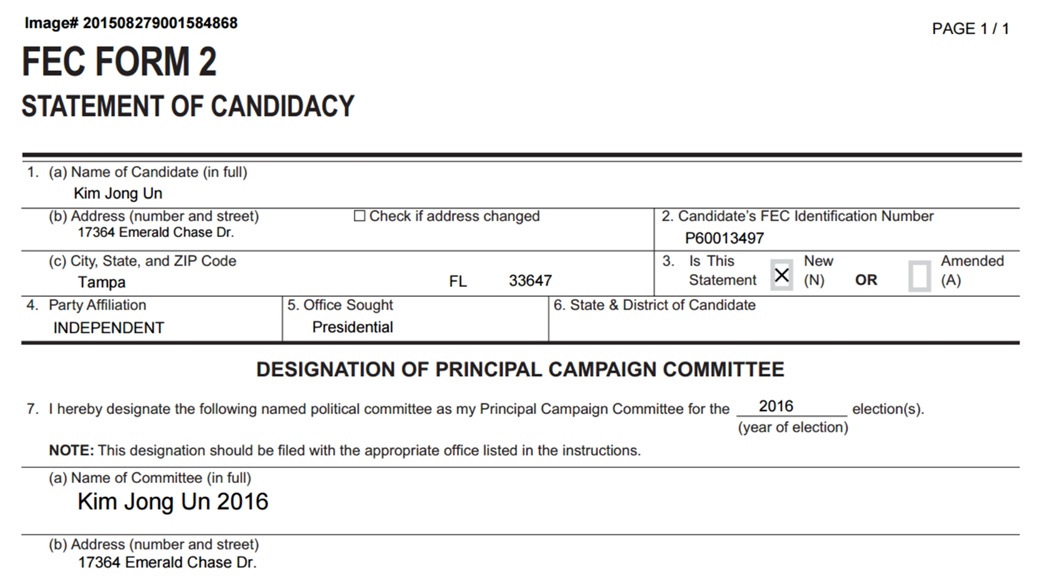
Act I: The Primaries
First, an important note: U.S. presidential elections are indirect. Voters across the United States cast their votes in November, but Republican and Democratic candidates are usually chosen by registered party members only.
At the start of the election year, both Democrats and Republicans present a long list of presidential candidates. This list must be narrowed down to a single name for the final November election. This is achieved through primary elections, held continuously from January to June. In primaries, voters do not directly choose a presidential candidate; instead, they vote for delegates who represent their choice.
Both parties organize their own primaries, and the process differs from state to state.
🔵 Democratic Party Primaries
The Democratic Party uses a proportional system where delegates are allocated among presidential candidates based on the percentage of votes received. Additional votes come from so-called superdelegates—party officials who can decide freely at the national convention which candidate to support.
Example: In New Hampshire in 2016, 24 delegates were up for grabs. Bernie Sanders won 60.4% of the vote, and Hillary Clinton received 38.0%. Sanders secured 15 delegates, while Clinton earned 9.
Adding the votes of six superdelegates from New Hampshire, all of whom supported Clinton, the final result of the primaries in the state was a tie at 15:15.
🔴 Republican Party Primaries
In Republican primaries, some states use a “winner-takes-all” system, while others use a proportional system. There are no superdelegates.
Example: In the 2016 South Carolina primary, Donald Trump received 32.5% of the votes, Marco Rubio 22.5%, and Ted Cruz 22.3%. Trump secured all 50 delegates from the state.
❓ How Do Primaries Work?
Each party decides whether its primaries are open to all voters, only to party members, or to voters who are not registered with the opposing party.
In some states (e.g., Iowa, Minnesota, or Wyoming), primaries take the form of caucuses. Party members and candidate representatives gather in churches, gyms, and other public places to discuss and lobby for their candidates. Voting occurs by forming groups in different corners of the room, with voters moving between groups as they are persuaded.
The smallest groups are eventually disbanded, and their members must join another group or leave. This process continues until only two candidates remain.
The first primaries traditionally take place in Iowa at the end of January or early February, followed by New Hampshire, South Carolina, and Nevada. The decisive moment often comes on Super Tuesday in March, when primaries are held in multiple states simultaneously.
By this point, several unsuccessful candidates have usually abandoned their dreams of entering the White House.
-
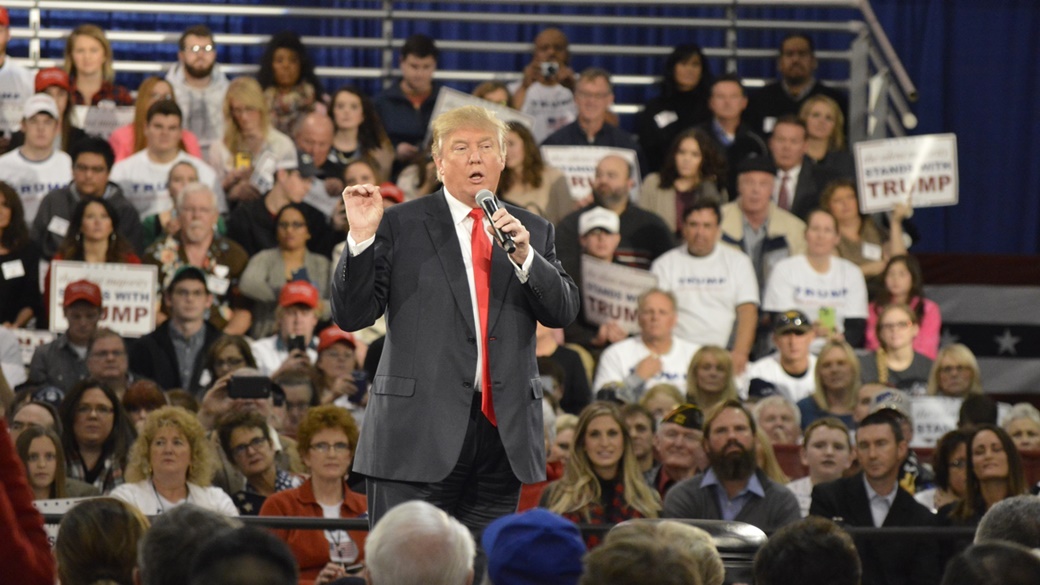
Act II: The Conventions
In the summer following the primaries, both parties hold their national conventions. These conventions are traditionally organized first by the opposition party.
Delegates elected in the primaries and caucuses vote at the conventions to officially nominate their party’s candidates for president and vice president of the United States. The outcome of these votes is rarely surprising, as delegates represent specific candidates. An exception is the Democratic Party’s superdelegates, who are free to vote as they choose.
- 🔵 In 2024, the Democratic Party had 4,521 delegates, with 1,886 votes required to secure the nomination from pledged delegates.
- 🔴 The Republican Party had 2,550 delegates in 2024, with 1,276 votes needed to win the nomination.
-

Act I: The Primaries
First, an important fact: U.S. presidential elections are indirect. Voters across the United States make their final decision in November, but the Republican and Democratic candidates are generally chosen by registered members of their respective parties.
At the beginning of the election year, both Democrats and Republicans have several candidates vying for the presidency. Each party must narrow the list down to one candidate to compete in the final November election. This is achieved through primary elections, which take place from January to June. In these elections, voters do not directly select a presidential candidate but rather vote for delegates who represent them.
Both parties organize their own primaries, and the process varies by state.
🔵 Democratic Party Primaries
The party uses a proportional system in which delegates are allocated to multiple presidential candidates based on the percentage of votes received. In addition to these delegates, so-called superdelegates are added to the mix. These are party leaders who can decide independently which candidate to support during the national convention.
Example: In the state of New Hampshire in 2016, 24 delegates were up for grabs. Bernie Sanders received 60.4% of the votes, and Hillary Clinton earned 38.0%. Sanders secured 15 delegates, while Clinton obtained 9.
Additionally, New Hampshire had six superdelegates, all of whom expressed support for the former first lady. As a result, the final delegate count in New Hampshire’s primaries was 15 for Sanders and 15 for Clinton.
🔴 Republican Party Primaries
Republicans in some states follow a “winner-takes-all” system, while others use a proportional system. There are no superdelegates in the Republican Party.
Example: During the 2016 primaries in South Carolina, Donald Trump won 32.5% of the votes, Marco Rubio 22.5%, and Ted Cruz 22.3%. Trump secured all 50 delegates.
❓ How Primaries Work
In each state, the parties decide whether all voters, only party members, or non-members of the opposing party are eligible to vote in their primaries.
To add complexity, some states (such as Iowa, Minnesota, or Wyoming) hold caucuses instead of traditional primaries. Caucuses involve gatherings of citizens, party members, and campaign staff in churches, gyms, or other public venues. Participants debate and advocate for their preferred candidates. Voting is done by physically grouping together, and individuals can switch groups during the process as they are persuaded.
The smallest groups are eventually eliminated, and their members must either join another group or leave. This continues until only two candidates remain.
The first primaries are traditionally held in Iowa at the end of January or early February, followed by New Hampshire, South Carolina, and Nevada. The decisive Super Tuesday, when primaries are held in multiple states simultaneously, typically occurs in March.
By this time, several unsuccessful candidates usually abandon their dream of entering the White House.
-

Act II: The Conventions
In the summer following the primaries, national conventions are held by both parties. These conventions traditionally start with the opposition party.
Delegates elected during the primaries and caucuses cast their votes at the convention to finalize the party’s nominees for president and vice president of the United States. The outcome of the vote is rarely surprising, as delegates usually represent a specific candidate. The exception is the Democratic Party’s superdelegates, who are free to choose their preferred candidate.
- 🔵 In 2024, there were 4,521 Democratic delegates. To secure the nomination, a candidate needed to earn 1,886 votes from pledged delegates.
- 🔴 In 2024, there were only 2,550 Republican delegates. A candidate required 1,276 votes to win the nomination.
-
Act III: The Campaign
The national conventions are over, and the names of the two individuals vying to become the next President of the United States are known.
A new phase of the presidential campaign begins. It is shorter but much more intense. Candidates are no longer seeking support within their own parties; instead, they focus on winning over voters. The fiercest battles occur in swing states, where Democratic and Republican candidates are separated by just a few percentage points in the polls.
Between September and October, a series of three to seven highly anticipated presidential debates takes place. In 2012, these debates attracted 67 million viewers. The debates are held across the United States, often hosted by high schools or universities.
Apart from the two main candidates from the Democratic and Republican parties, candidates from other parties, such as The Libertarian Party, The Green Party, or The Constitution Party, may also participate. A less-publicized debate is held for vice-presidential candidates.
-
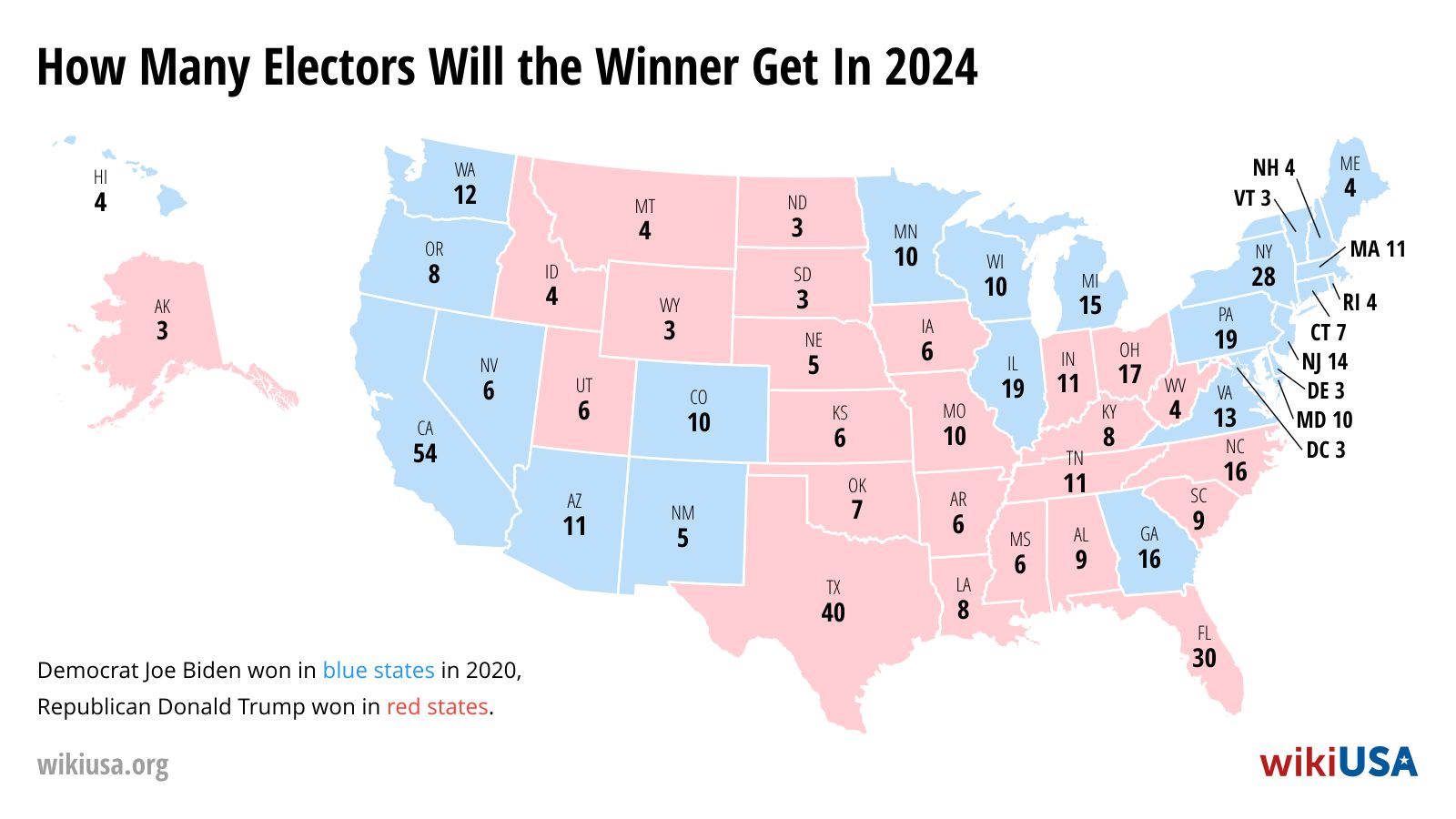
Act IV: The Presidential Election
The U.S. presidential election culminates on the Tuesday following the first Monday in November. In states like Delaware, Kentucky, New York, Hawaii, and several others, this day is designated as a state holiday.
Additionally, most states allow early voting, including voting by mail.
The goal of the presidential candidates is to win as many votes as possible in as many states as possible—ideally in California, Texas, and Florida, which have the most electors. In presidential elections, the rule of “winner takes all” applies to electoral votes.
Example: In 2012, 29 electoral votes were at stake in Florida. Republican candidate Mitt Romney received 49.13% of the votes, while Barack Obama won 50.01%. Despite the narrow margin, Obama claimed all 29 electoral votes.
The exceptions to this rule are the states of Maine and Nebraska, which are divided into two and three smaller electoral districts, respectively. In these states, electoral votes are allocated separately, meaning that it is possible for multiple candidates to win electoral votes from the same state.
The number of electors allocated to each state changes slightly every four years, roughly reflecting the state’s population. As a result, winning populous states like California can yield a similar number of electoral votes as winning the 15 least-populated states combined.
Once all votes and electors are counted, the name of the next president is unofficially known. However, the official vote by electors occurs in December. There is no room for surprises, as electors are expected to vote along party lines.
-
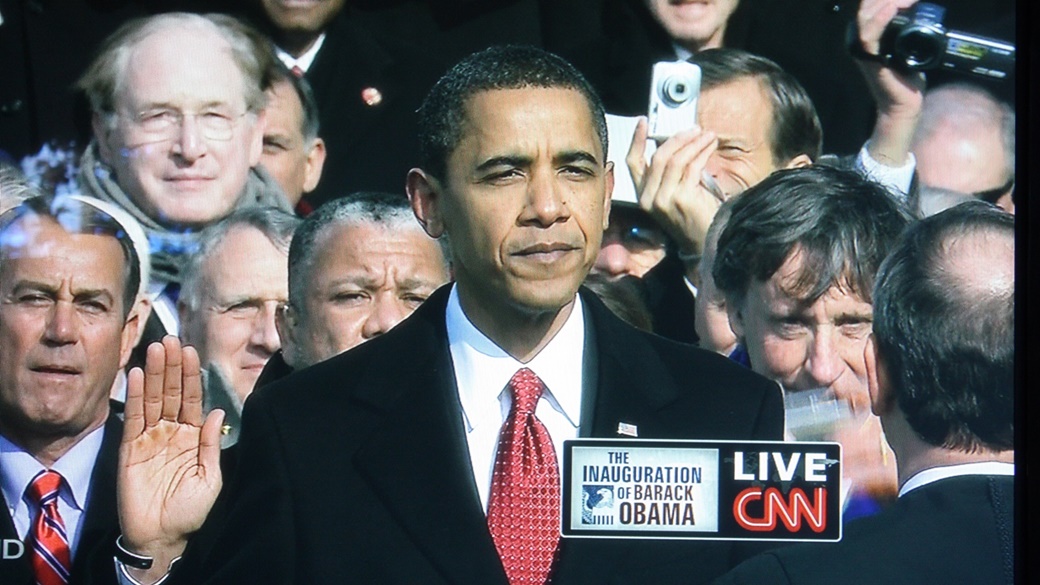
Act V: The Presidential Oath
The inauguration of the newly elected president takes place on January 20th in Washington, D.C., in front of the U.S. Capitol. If this date falls on a Sunday, the inauguration is postponed to January 21st, although the president officially takes office on January 20th.
Around noon, the incoming president takes the oath of office, delivers the presidential pledge, and gives an inaugural address. Similar duties are expected of the vice president, who assumes leadership of the White House if the president dies in office.
The oath is taken on a Bible, and the wording of the U.S. presidential oath has remained unchanged since 1884:
“I do solemnly swear (or affirm) that I will faithfully execute the Office of President of the United States, and will to the best of my Ability, preserve, protect and defend the Constitution of the United States.”
-
Fun Facts About U.S. Presidential Elections
⭕ The First U.S. Presidential Election
The first U.S. presidential election was held from December 15, 1788, to January 10, 1789. Of the 13 original colonies, three did not participate—New York failed to select electors, and North Carolina and Rhode Island had not yet ratified the Constitution. George Washington won, becoming the only president in history to receive 100% of the electoral votes.
⭕ The Runner-Up Became Vice President
Until 1804, the candidate who finished second in the presidential election automatically became vice president. After the adoption of the 12th Amendment, separate votes were cast for vice president.
⭕ The Oldest and Youngest U.S. Presidents
The oldest person elected as president was 78-year-old Donald Trump in 2024, surpassing Joe Biden, the previous record holder.
The youngest U.S. president to take office was 42-year-old Theodore Roosevelt in 1901, who assumed the presidency following the assassination of William McKinley. The youngest elected president was 43-year-old John F. Kennedy.
⭕ A President Was Elected Despite Receiving Fewer Popular Votes
The quirks of the electoral system are evident in the elections of 1824, 1876, 1888, 2000, and 2016, where the candidate with the most popular votes did not win the presidency.
⭕ Why U.S. Presidential Elections Are Held in November
November was chosen as election month because farmers had completed their harvests and could travel to polling places. The weather was still favorable, making travel easier. Elections are held on Tuesdays to avoid conflicts with Sunday, a day of rest, which often limited transportation options.
The second week of November was selected to prevent elections from interfering with the first day of the month, when merchants typically closed their books for the previous month.
⭕ Voter Turnout in U.S. Presidential Elections
Voter turnout in U.S. presidential elections has been increasing in recent years. The highest turnout was 81.8% in 1876, while the lowest, 48.9%, occurred in 1924. In 2012, 54.9% of eligible voters participated, compared to 60.1% in 2016 and 66.6% in 2020.
⭕ An 80-Year Tradition Was Broken in 2008
For the first time since 1928, neither an incumbent president nor a vice president ran for office in the 2008 presidential election.
⭕ A Presidential Candidate Was Born in Panama
Only two U.S. presidential candidates were born outside the continental United States. Both ran in 2008. Barack Obama was born in Honolulu, Hawaii, and John McCain was born at the U.S. military base in Coco Solo, Panama.

 10 Best Photo Places in the USA
10 Best Photo Places in the USA




Contribute with Your Question or Personal Experience